

Max Davies
How Audi, BMW, Honda, Mercedes-Benz, and Suzuki started out in Australia, and where they are now
1 Minute Ago
Stellantis has wasted no time in getting to work on new vehicles for its three premium brands – Alfa Romeo, DS and Lancia – with new models set to launch by 2025.

News Editor
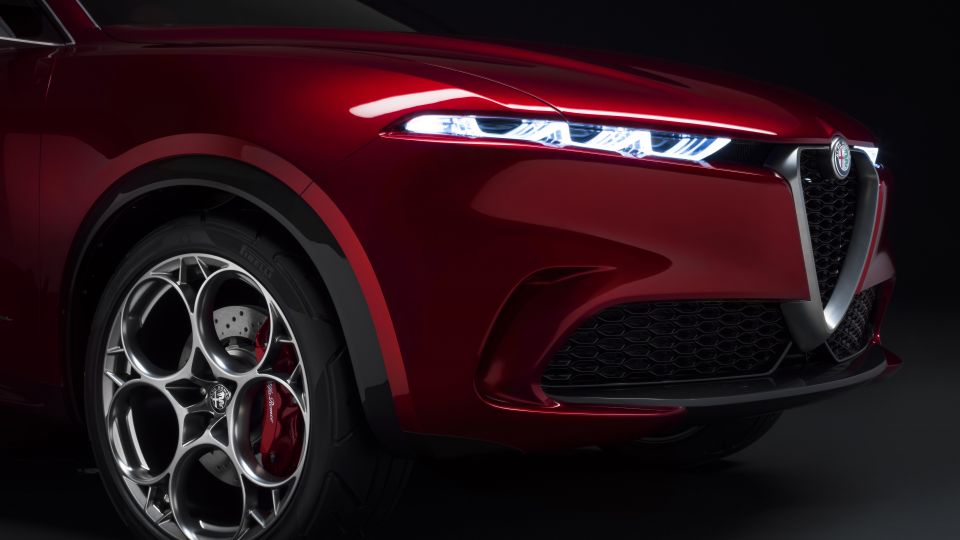

News Editor
Stellantis has hit the ground running, confirming it’s already started work on jointly-developed models for Alfa Romeo, DS and Lancia.
Automotive News Europe reports the first models could appear as soon as 2024 or 2025.
The three brands have been classified as Stellantis’ premium brands, positioned beneath luxury Maserati.
New Alfa Romeo CEO Jean-Philippe Imparato, formerly the CEO of the Peugeot brand, has been designated the “synergies coordinator” for the premium brands.
“We are working with our Italian colleagues on specific premium modules, powertrains and features to differentiate the premium brands from the mainstream brands,” said DS product director Marion David.
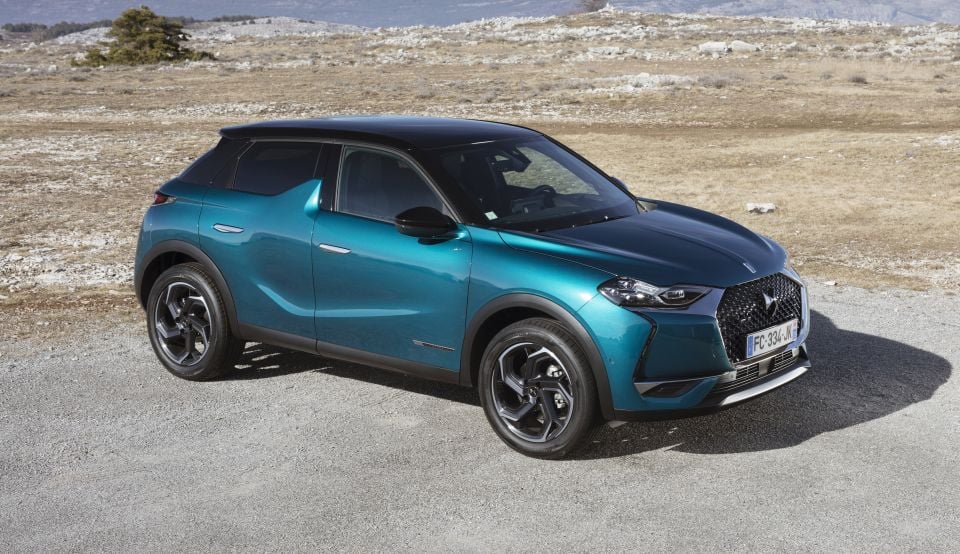
“The cars that are already a work in progress will continue and be launched and then for the next generation we are focused on making the synergies that are the reason for the [Stellantis] merger.”
Rather than creating a cluster of cannibalising brands, Ms David argued the presence of three premium brands within Stellantis will make it easier for them to be delineated from mainstream brands.
Premium features developed by Stellantis could be rolled out across three brands, improving economies of scale.
The sprawling Stellantis empire includes mainstream brands such as Citroen, Fiat, Opel/Vauxhall and Peugeot, part of a 14-strong brand line-up.
It’s unclear just what vehicles Stellantis is working on for the brands which, Lancia aside, are in the midst of rolling out new models.
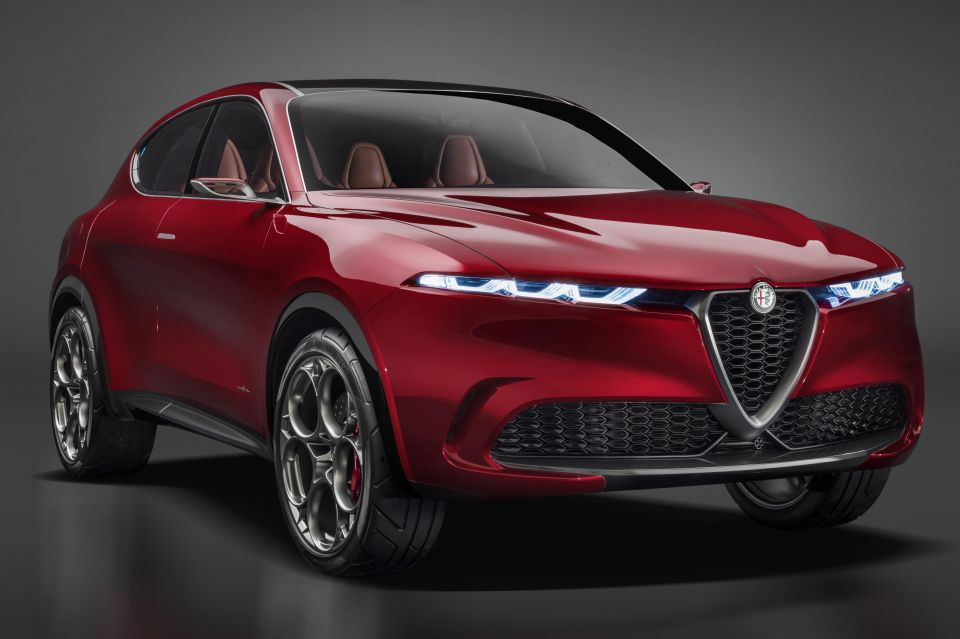

Alfa Romeo is expected to debut the Tonale this year, which was first previewed in concept form in 2019 and leaked seemingly in production-spec later that year.
It’s expected to give the brand a shot in the arm when it comes to sales volume, with Alfa Romeo failing to meet ambitious sales targets and outgoing entry-level products like the MiTo and Giulietta shedding sales towards the end of their runs.
In the last five-year plan under Fiat Chrysler Automobiles, the Tonale was confirmed to be receiving a plug-in hybrid option.
Sitting underneath it is a smaller crossover which is expected to use the Brennero name, named after the mountain pass on the Italian-Austrian border, and slated to offer an all-electric variant.


It’ll use the Common Modular Platform developed by PSA, which underpins cars such as the Peugeot 2008 and Citroen C4.
The Brennero will be built alongside new Jeep and Fiat light SUVs at Stellantis’ Tychy, Poland plant.
Fledgling DS is in the midst of a complete overhaul and expansion of its model range.
As part of a product plan announced in 2017, it’s been introducing a new vehicle every year and will do so until 2023.

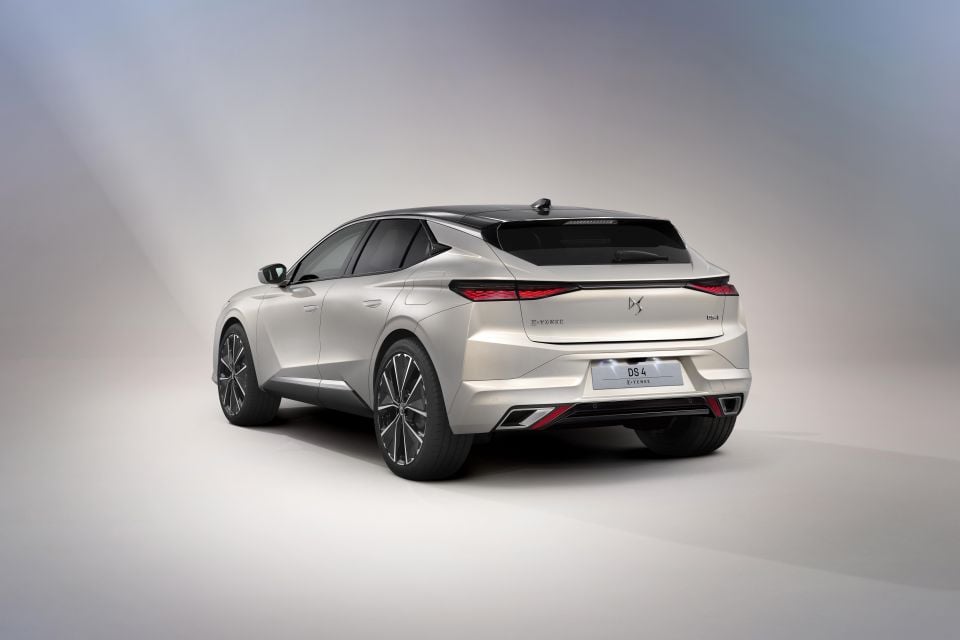
The latest DS model is the DS 4, which debuted this month as a replacement for the DS 4 that ended production in 2018 and as a rival to the BMW 1 Series and Mercedes-Benz A-Class.
The DS 4 will be available in a Cross variant with various external tweaks, such as additional cladding, that give it a more SUV-like appearance.
There’s also a sporty Performance Line model, while a plug-in hybrid option mates a turbocharged 134kW engine with an 82kW electric motor for a combined 167kW of power and 50km of electric range on the stricter WLTP cycle.
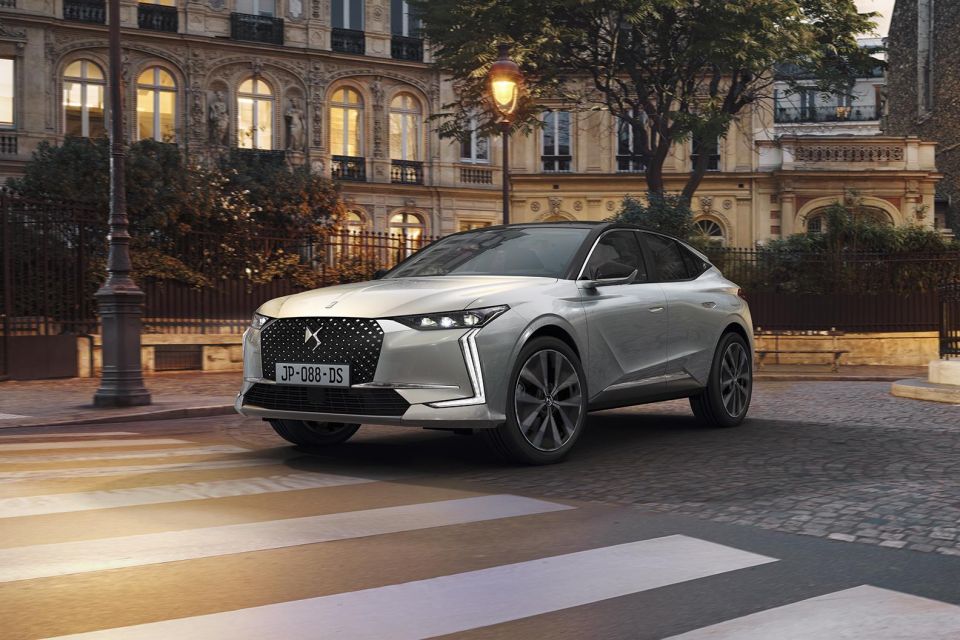
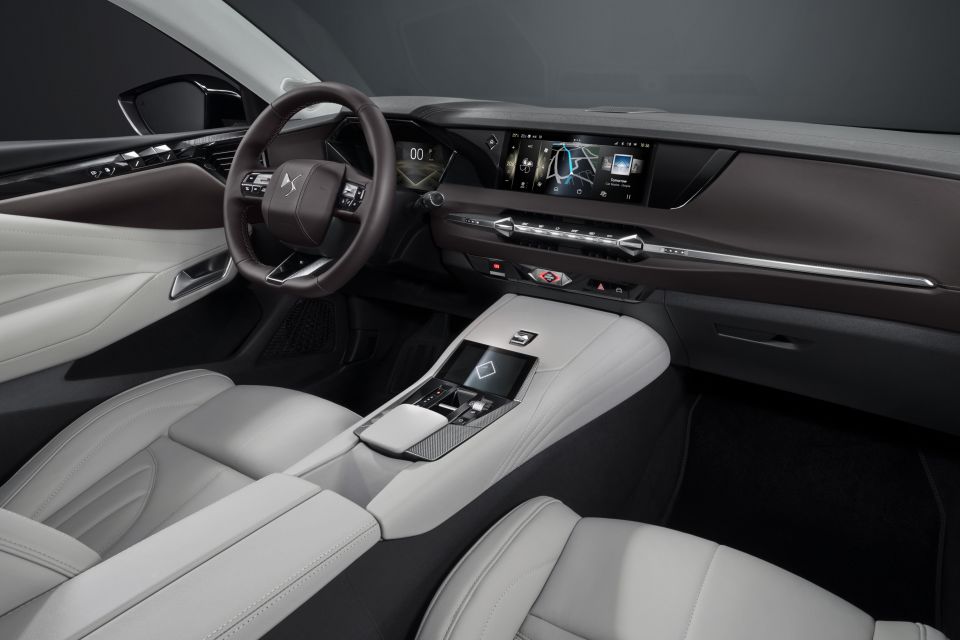
Available features include night vision, matrix LED headlights and a segment-first active scanning suspension, which uses a camera to monitor the road ahead and adjust the damping based on the quality of the road.
It’s underpinned by an updated version of the EMP2 platform that underpins vehicles like the Peugeot 308, 3008 and 5008.
The DS 4 has followed the DS 3 Crossback, DS 7 Crossback and flagship DS 9 sedan.

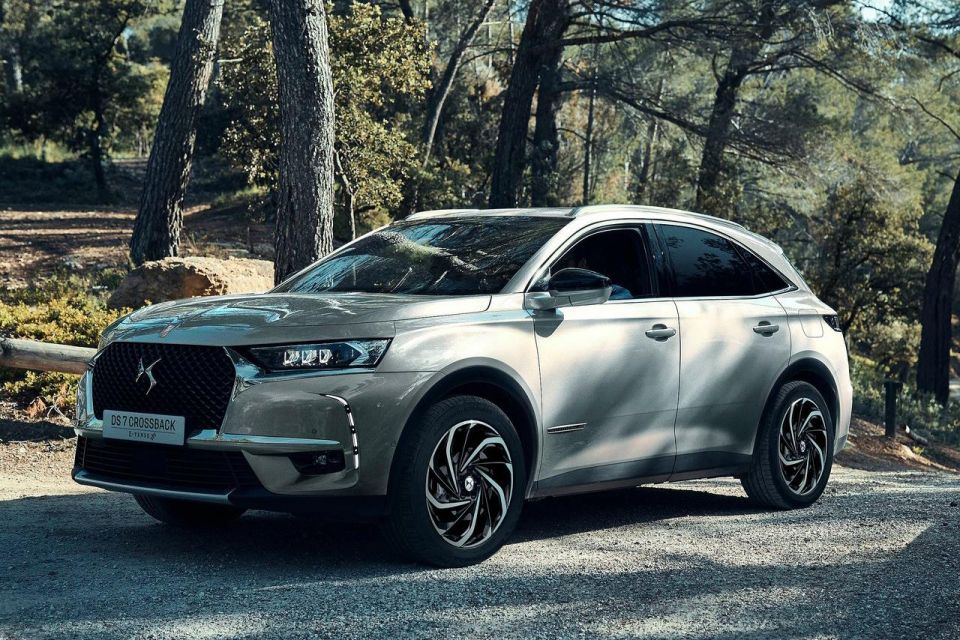
That leaves two additional DS products yet to be revealed.
One possibility is a replacement for the defunct DS 3 light hatchback, which ended production in 2019 and left the brand without a rival to the likes of the Mini.
The DS 5 – an unusual large hatchback/wagon hybrid – also ended production in 2018, though its position at the top of the DS range has been assumed by the DS 9 sedan and DS 7 Crossback.
The brand does, however, lack a three-row crossover.
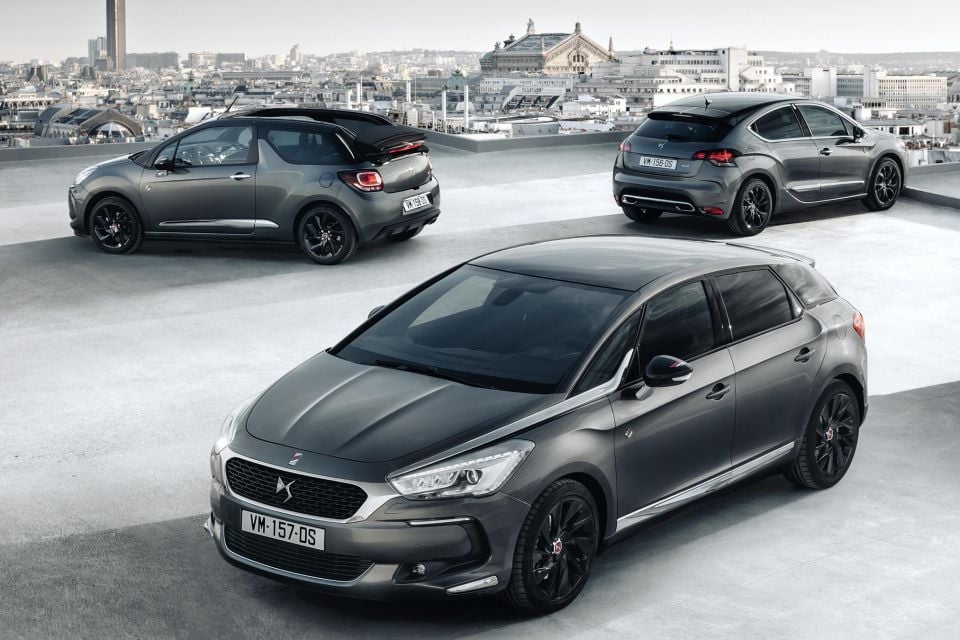
Last-generation DS models were previously sold under the Citroen banner but DS made the leap from sub-brand to brand in 2014.
The DS 3, DS 4 and DS 5 continued to be sold under the Citroen banner in Australia until 2017, when they were axed from the local line-up.
Unfortunately for DS, high hopes for success in China were met with crickets despite the introduction of a range of Chinese-exclusive models, including the 4S hatchback, 5LS sedan and 6 crossover.
The brand has now exited China, though it’s fared markedly better in Europe.
According to industry group ACEA, Alfa Romeo sold 36,526 cars in Europe last year while DS sold 43,028.
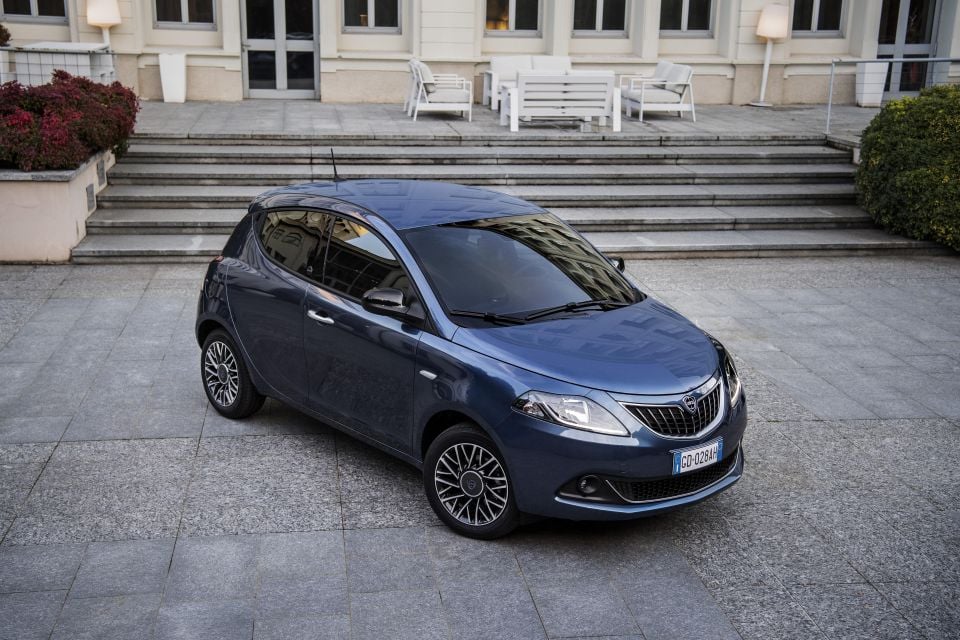
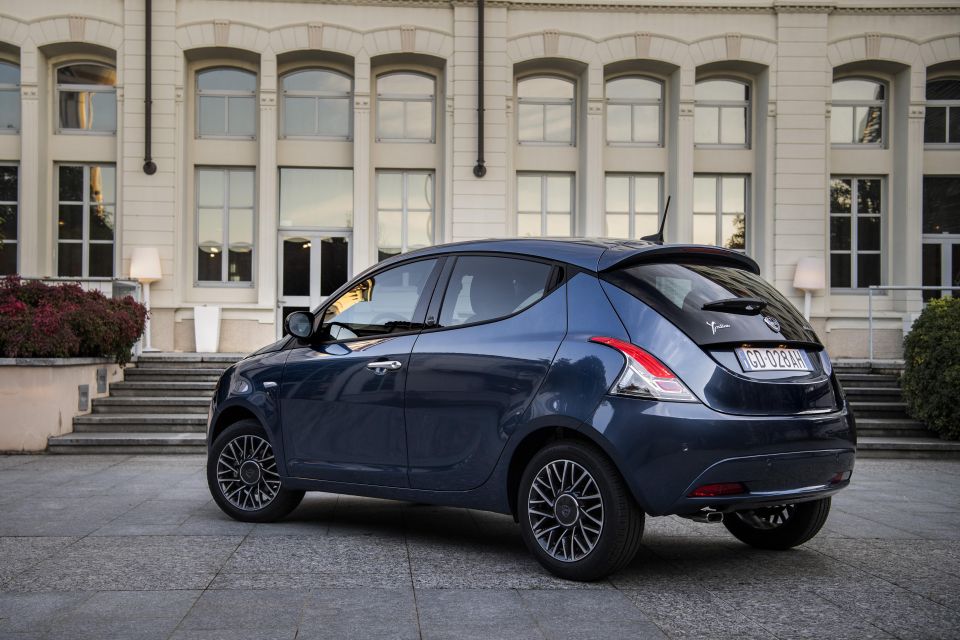
Surprisingly, Lancia – which sells just one model in just one market – outsold them, with 43,109 sales. Meanwhile, Mercedes-Benz sold approximately as many A-Classes as the three brands’ total sales combined.
News of a new Lancia model may surprise some observers, considering the brand has been missing from FCA’s five-year plans for some time.
Attempts to partner it with the Chrysler brand failed to arrest its sales slide despite an influx of new products.
The brand now survives with only the Ypsilon city car, which has received a modest facelift this year.
It was the second best-selling car in Italy last year, where it’s seen as a fashionable alternative to light cars like the top-selling Fiat Panda and enjoys a large female buyer base.
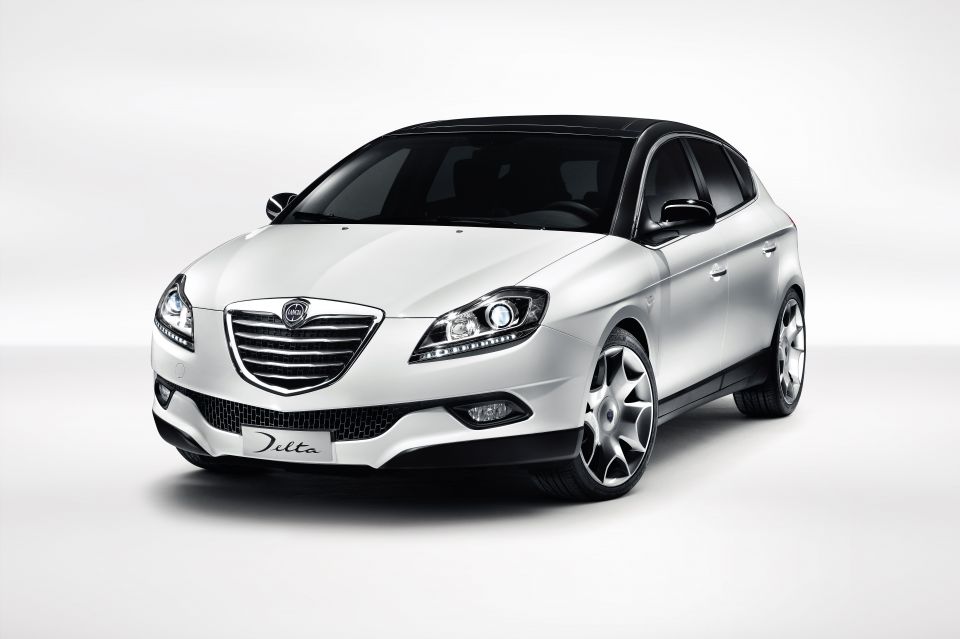
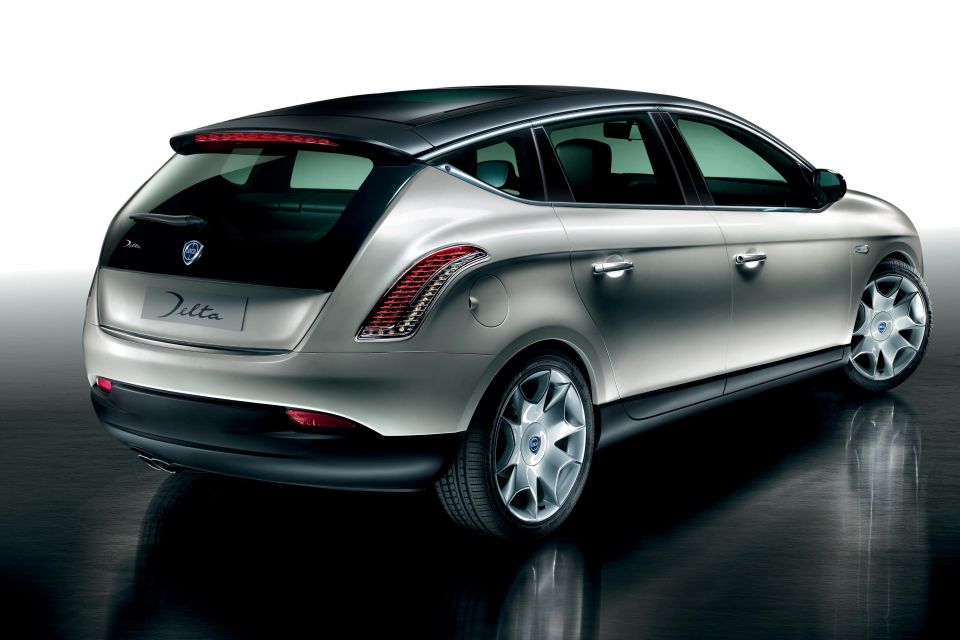
Though many observers predicted the 114-year old brand would get the axe, there were signs even before this announcement that Lancia could be getting a new lease on life.
Automotive News Europe reported last year that FCA had told suppliers in March to temporarily suspend the development of five small cars for the Alfa Romeo, Fiat, Jeep and Lancia brands.
The brand discarded the rest of its model range between 2014 and 2015, dropping the Delta small hatchback and the Thema, Flavia and Voyager, based on the Chrysler 300, 200 Convertible and Voyager/Town & Country, respectively.
Where expert car reviews meet expert car buying – CarExpert gives you trusted advice, personalised service and real savings on your next new car.
William Stopford is an automotive journalist with a passion for mainstream cars, automotive history and overseas auto markets.


Max Davies
1 Minute Ago


William Stopford
2 Minutes Ago


Derek Fung
32 Minutes Ago


Max Davies
8 Hours Ago


William Stopford
1 Day Ago


Ben Zachariah
1 Day Ago